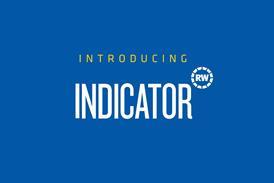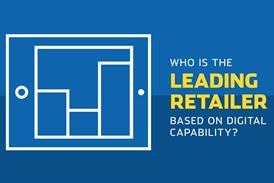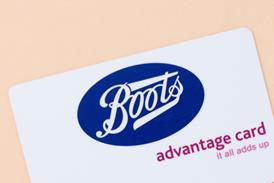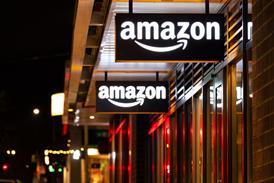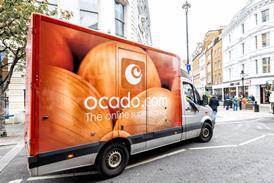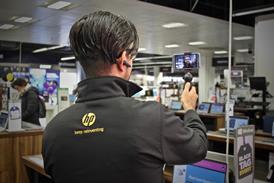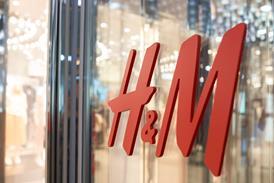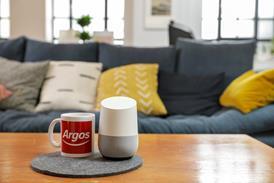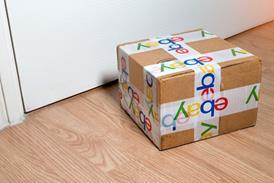- Rankings
- Marketing
- Logistics & customer service
- Cross-channel
- Ecommerce
 Evri reports 30% increase in US parcel deliveries as postal firms pause shipments
Evri reports 30% increase in US parcel deliveries as postal firms pause shipments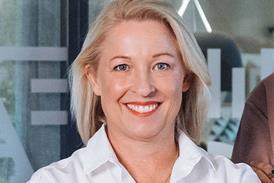 Q&A: New boss of H&M-backed Centra Sara Laurell wants to keep the growth coming
Q&A: New boss of H&M-backed Centra Sara Laurell wants to keep the growth coming Why retail is lagging behind other sectors in AI investment
Why retail is lagging behind other sectors in AI investment Q&A: Currys Business’ Dean Kramer on growing brand awareness to reach more UK firms
Q&A: Currys Business’ Dean Kramer on growing brand awareness to reach more UK firms
- Case studies
- Methodology
Indicator: The 10 fastest and slowest retail websites

We looked at user experience across desktop and mobile websites, as well as mobile apps, to understand how the online customer journey can ultimately remove any barriers to purchase.
If you have a current Retail Week subscription, log in now to see the top 10 digital retailers in the UK for marketing and to explore the trends in this area.
Already have an account? Sign in here


